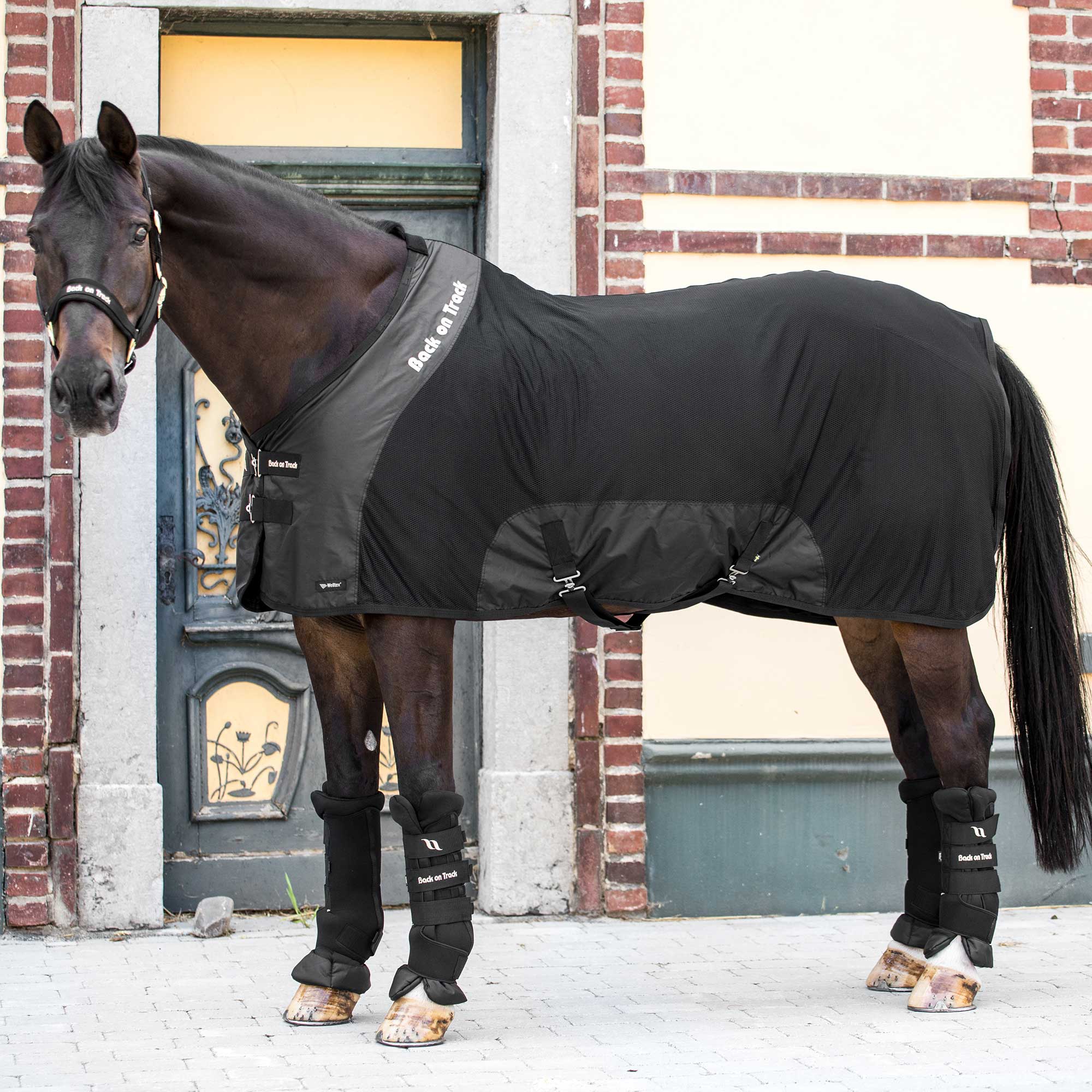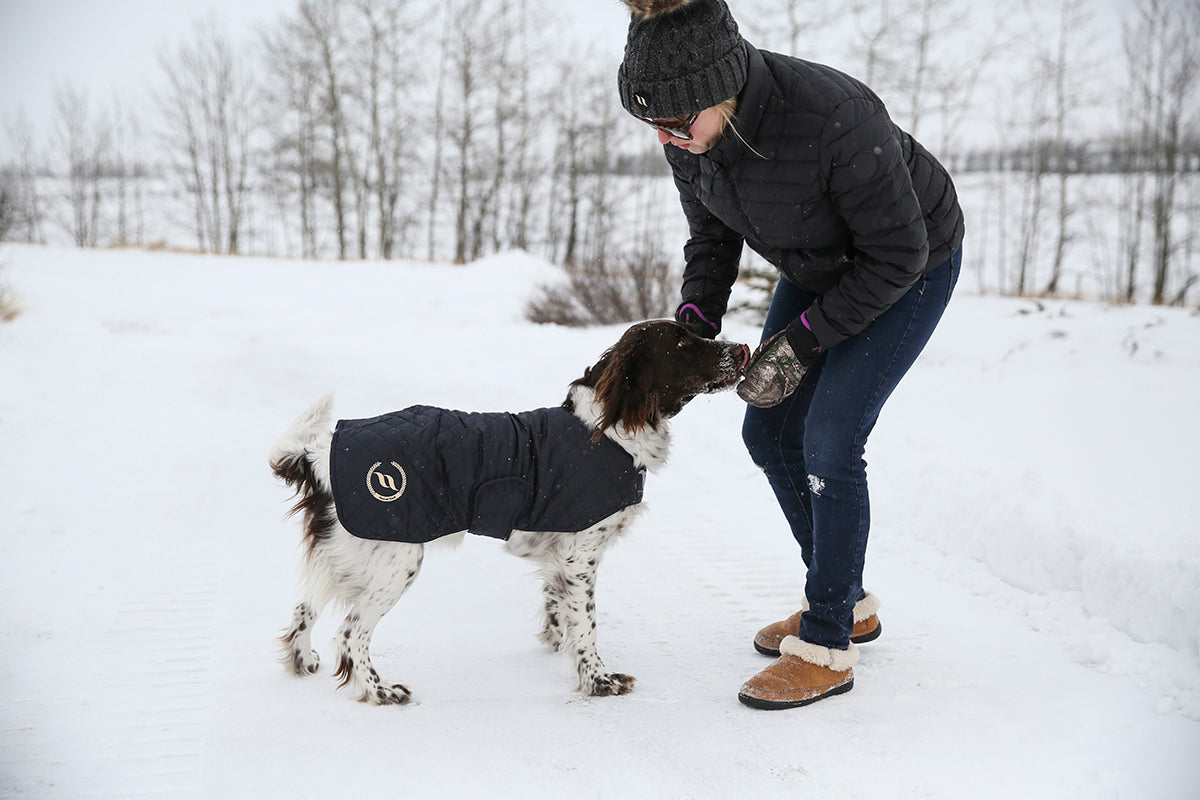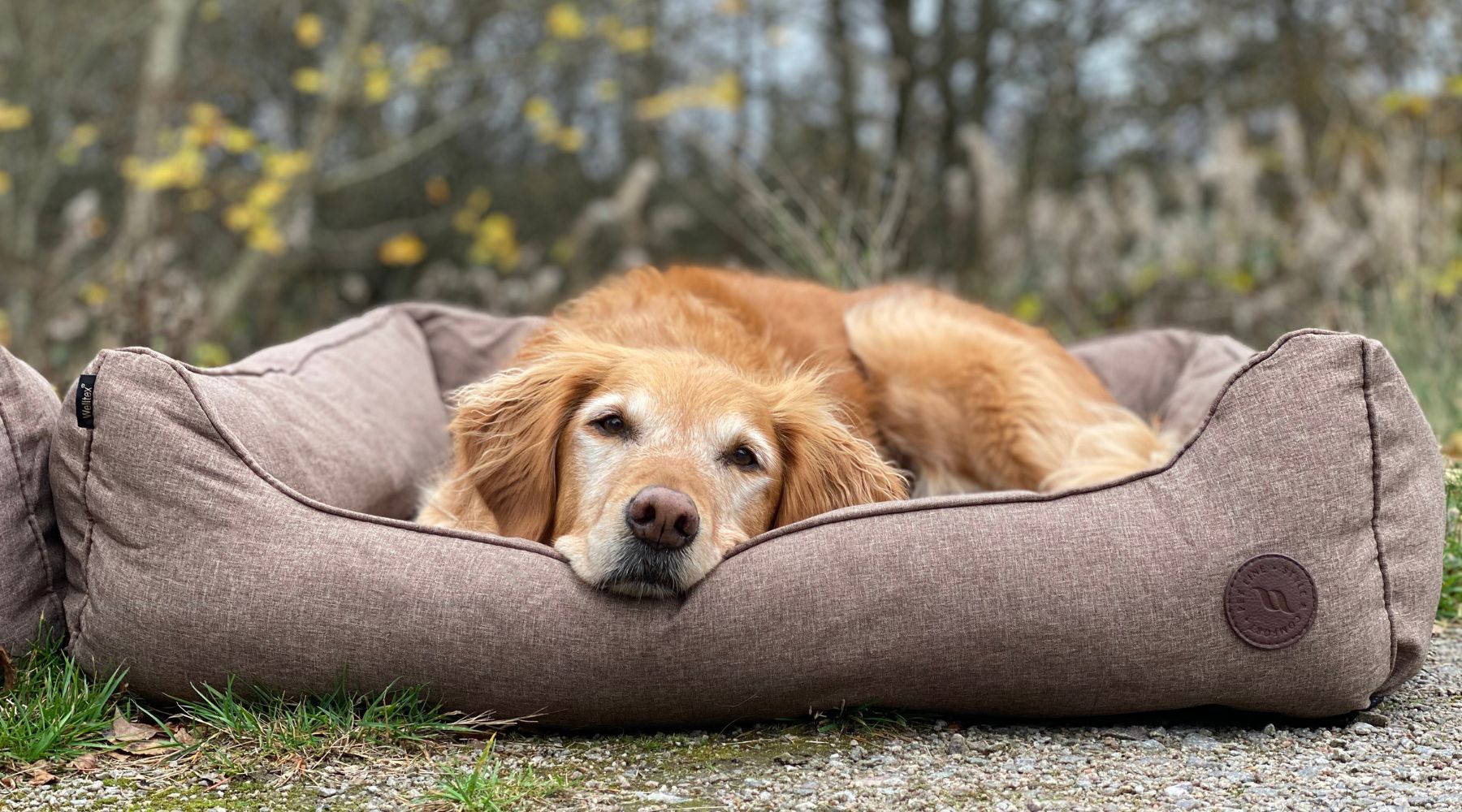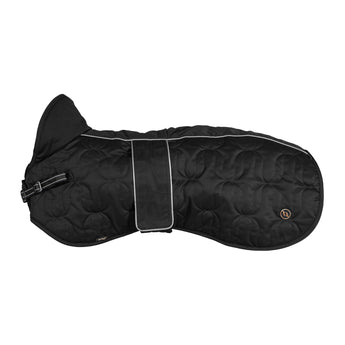Arthritis isn’t just a human issue, millions of dogs suffer from it too. Although often overlooked, arthritis in dogs can significantly impact their mobility, comfort, and quality of life. But with early detection and supportive care, you can help your pup stay active and comfortable.
Keep reading to learn more about signs your dog may have arthritis and how to support arthritic dogs.
Common Signs of Arthritis in Dogs
Here are five common signs your dog may struggle with arthritis. Remember to always contact your veterinarian about any health concerns you have about your dog.
1. Stiffness, Especially After Rest
Does your dog struggle to get up after lying down or take a few minutes to “warm up” before walks? This stiffness is often an early sign of joint inflammation.
Signs related to stiffness include slow or awkward movement first thing in the morning, hesitation on stairs, or taking longer to rise.
2. Decreased Activity or Reluctance to Exercise
If your once-energetic dog suddenly isn’t interested in walks, fetch, or their usual zoomies, arthritis could be the culprit. Joint pain makes movement uncomfortable. Over time, your dog may start avoiding it altogether.
Dog owners may notice their dogs wanting shorter walks, stopping mid-play, or lagging behind during outings.
3. Difficulty Jumping or Climbing
Dogs with arthritis often struggle with activities that require power and joint flexibility, like jumping on the couch, getting in the car, or going up stairs.
Pacing before jumping, needing help to get up or down, or avoiding elevated areas they once loved could all indicate that your dog is experiencing joint pain.
4. Behavior Changes or Irritability
Pain can change your dog’s behavior. A usually sweet pup might become grumpy or withdrawn. You might notice they avoid being touched near their hips, shoulders, or spine. All of these areas are common places for arthritis in dogs.
Sudden growling, yelping, licking joints, or moving away from petting or brushing may not just be a behavioral issue. Contact your veterinarian if you notice sudden changes in your dog's behavior.
5. Noticeable Limp or Gait Changes
A limp is one of the most obvious red flags of arthritis. And often, by the time limping occurs, arthritis has already progressed. Your dog may favor one leg, walk stiffly, or show an altered gait.
Common gait abnormalities in dogs with arthritis include “bunny hopping”, uneven weight distribution, or wobbling when turning.
Supporting Dogs With Arthritis
If your dog is slowing down, stiff, or acting a little off, arthritis may be the reason. By spotting the signs early and using therapeutic tools, you can help your dog live a longer, happier, more active life.
How Back on Track Helps Dogs with Arthritis
Back on Track dog products are designed to stimulate circulation, support joint comfort, and promote mobility. Using Welltex® technology, Back on Track products reflect body heat as soothing far infrared energy, which helps:
- Increase blood flow to affected areas
- Relieve tight muscles and joints
- Reduce stiffness
- Support faster recovery after activity
Learn More from Back on Track
Follow Back on Track USA on social for more tips: Facebook and Instagram
Subscribe to the Back on Track Bulletin to never miss a new blog post.
References
- Bland, S. Canine Osteoarthritis and Treatments. Vet Sci Devel. 2015.
- Sanderson, R. O. et al. Systematic Review of the Management of Canine Osteoarthritis. Vet Rec. 2009.
- Wright, A. et al. Identification of canine osteoarthritis using an owner-reported questionnaire and treatment monitoring using functional mobility tests. J Small Anim Pract. 2022.










